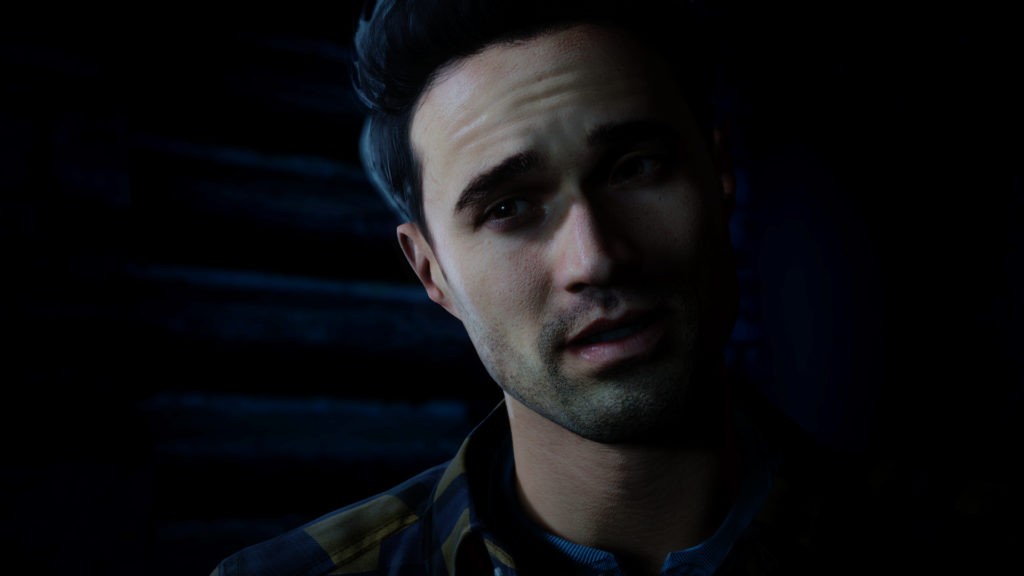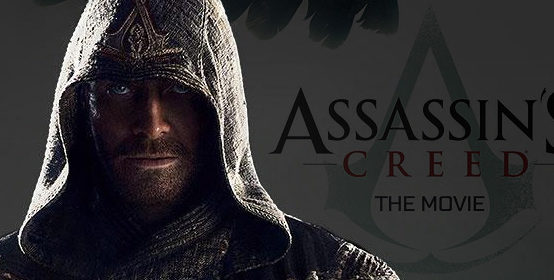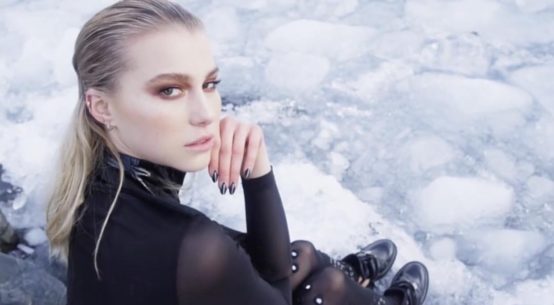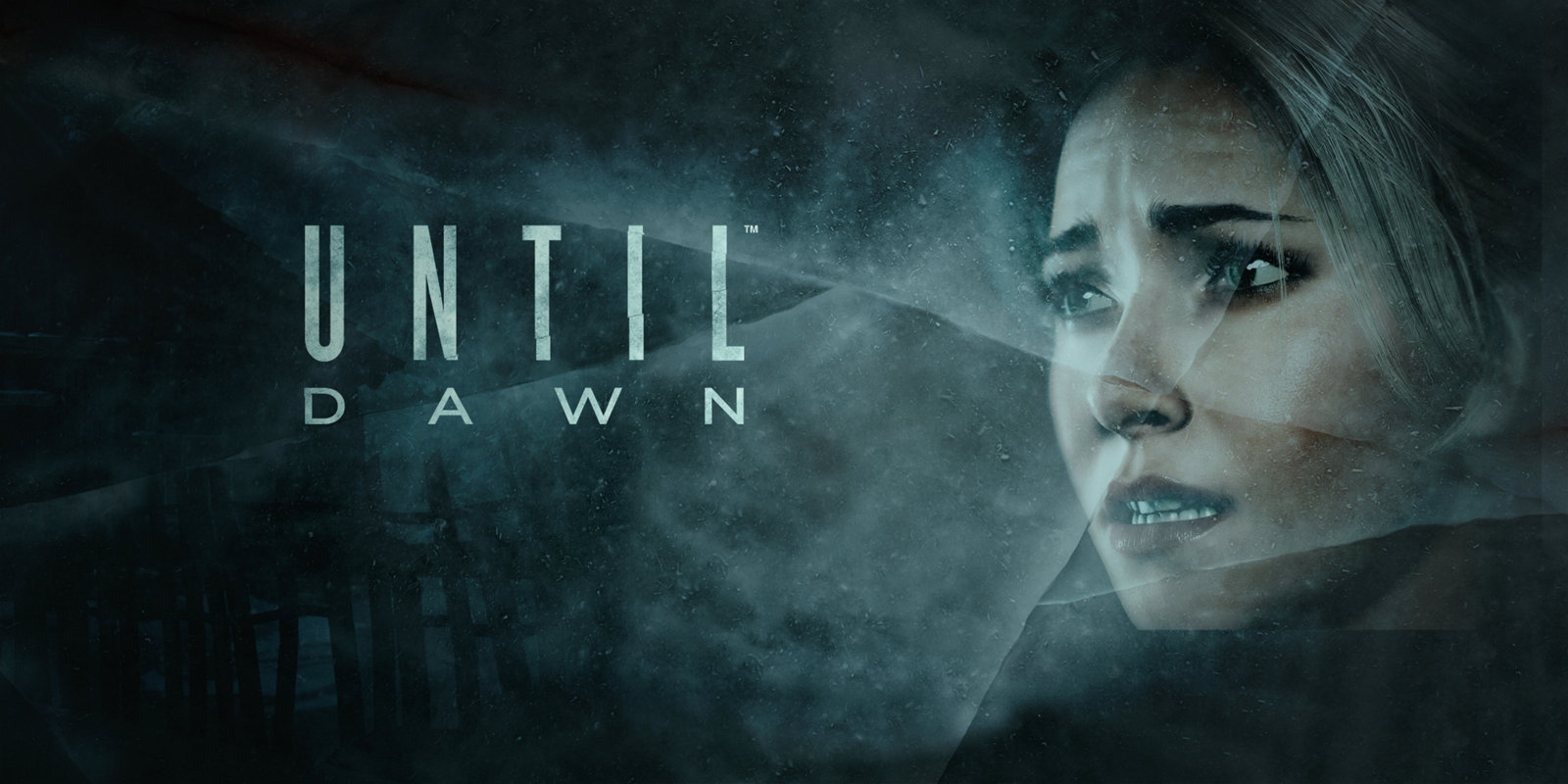
“When eight friends are trapped on a remote mountain retreat and things quickly turn sinister, they start to suspect they aren’t alone.”
Until Dawn is the recent PS4 interactive horror release, that is a very unique twist on the traditional horror tropes that will excite horror fans around the world. We speak to Audio Director, Barney Pratt, and Composer, Jason Graves about the project. Thank you very much to both Barney and Jason for talking to us about the PS4 Exclusive horror title from Supermassive Games, Until Dawn. We discuss in-depth, the audio for the project and the techniques involved in the process.
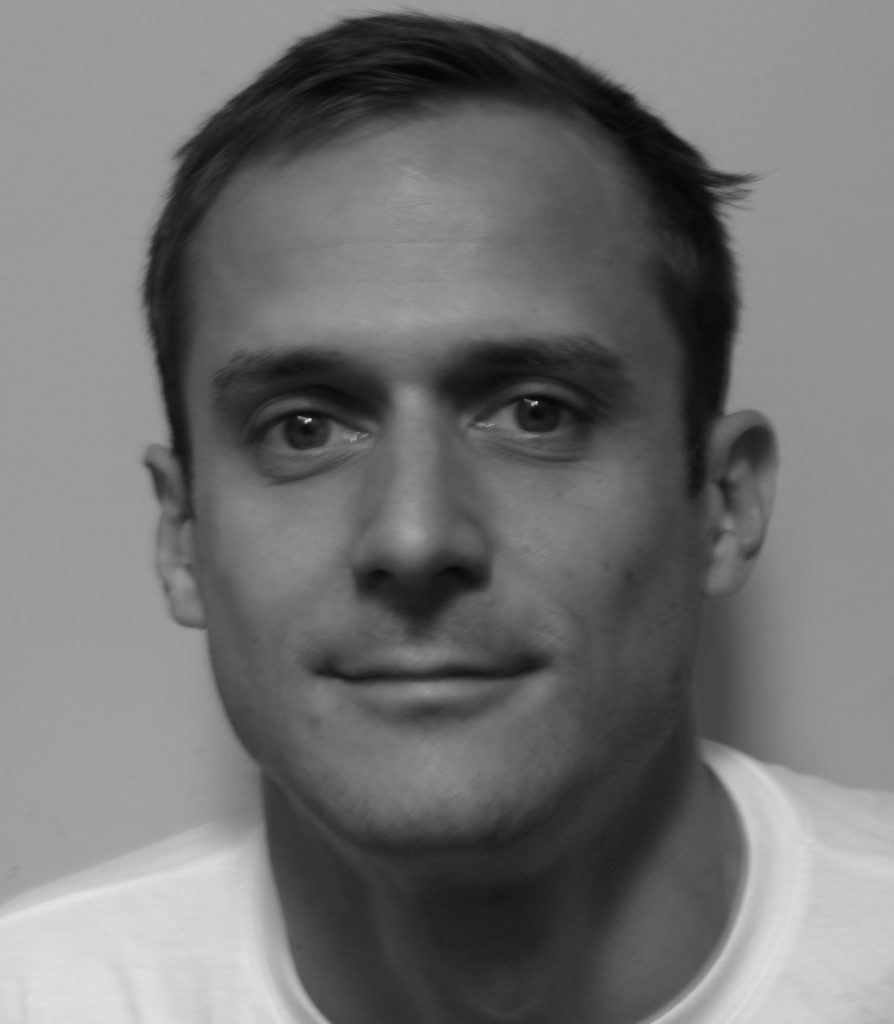
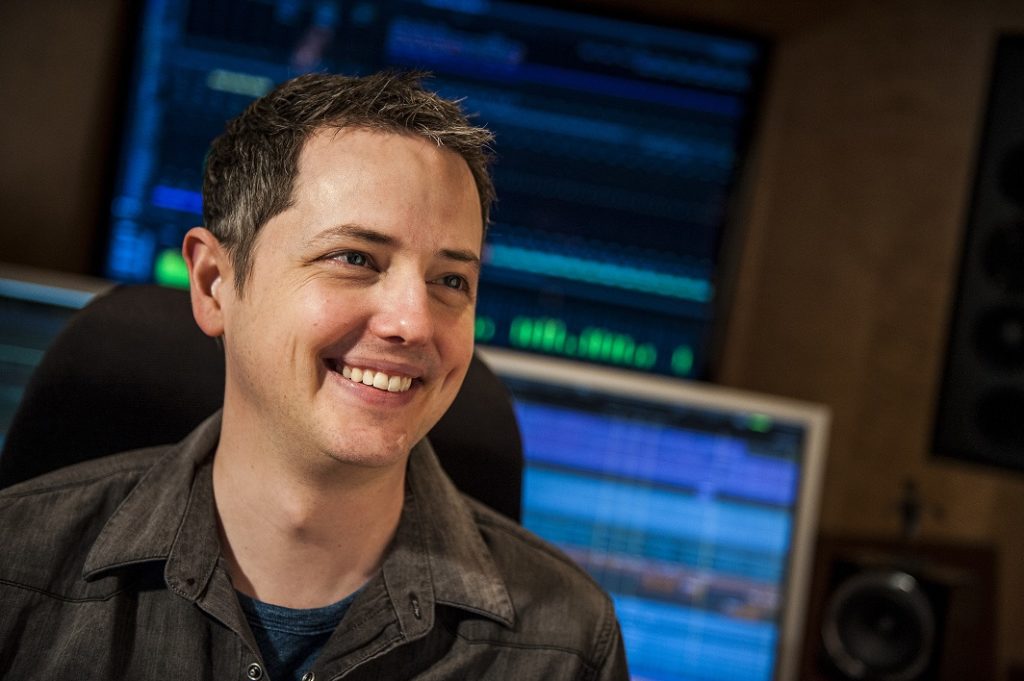
Until Dawn strikes us as a very unique project, especially with regards to the sound. How did you both first approach the audio?
Barney: From Until Dawn’s inception the design was for an immersive, filmic soundtrack that flowed like a film for the player while seamlessly reacting to their individual choices. The game directors were really careful to make audio an integral part of the development process throughout which significantly helped to unify the final experience.
Jason: Barney and I definitely had a shared vision for the overall sound, even in the very beginning. Our first “brief chat” before I was even hired lasted hours. A lot hinged on creating a musical score that would work equally well for a film or a game. The end result should “feel” like a film, but we needed the unseen mechanics to play like a game.
What kind of brief were you both given?
Jason Graves – Composer
Jason: Honestly we were a lot more concerned about the general approach and implementation. The overall tone and emotions we needed were fairly obvious, at least to us. So there was considerable planning for the recording sessions vs. edited music from the sessions, for example. Barney and the team were behind me 100% from the beginning. You have to have that kind of trust and support in order to be able to deliver on this kind of scale in a timely manner.
Barney: Will Byles, the game director, wanted us to experiment around an original take on the teen horror soundtrack. A strong, full orchestral score, representative of the mountains and the dark forces at work, but with a flip side, a subtle edginess more in line with psychological or supernatural horror. Our challenge was to really push the emotional range and subtle nuances we’re all used to from a film soundtrack via game systems.
It sounds like the project was fairly flexible in terms of compositional and sound design freedom, what did this enable you to achieve?
Jason: I definitely felt like I had a lot of creative control on this project, musically speaking. That enabled me to stretch out a bit and try some new ideas. For example, the main theme, really the “mountain” or “weather” theme, is totally ambiguous. It isn’t really major or minor – very open-ended sounding – mirroring the mysterious “who dunnit” storyline and hopefully giving the game an instant “cold” feeling.
Barney: We gained a lot of confidence in the process and style from the game directors very early on through previous work and test levels. The compositional freedoms afforded Jason were matched by his openness to us digging into his stems, reshaping and subverting them, even adding new layers, and this opened the door to some great sound design opportunities. One example of this was counterpointing a very violent scene with a cue previously written as a love theme.
How long was the process and what changed over the course of that time?
Barney: The music was composed over one year. Early on we kept the cues open to multiple integration types, ‘emotional suites’, but as the game developed we would request increasingly specific cues as the game solidified until close to the end we were asking for cues that perfectly matched game capture.
Jason: We had three different recording sessions over the space of a year. Each session was split between thematic cues and effect-driven textures. The ultimate goal was recording as much live music as possible while not painting ourselves into a corner and limiting our final amount of minutes in the game.
What was your approach with the compositional process of the soundtrack?
Jason: There’s obviously a lot of tension and fear required with a project like this, but we also wanted the music to ground the characters and make them more likable and relatable. So we also wanted several different themes that could be called upon when a little sprinkling of empathy was needed. There are three themes, each made up of three basic notes. The most used is probably the Mountain Theme, which is really symbolic of the entire situation – the location in the mountains, the cabin, the weather, etc. The Killer Theme is also three notes, often playing underneath the Mountain Theme and many times driving the score forward with an incessant, constant rhythm. This theme gets a lot of attention from the French horns. And there’s the Youth Theme, which presents itself in various arrangements depending on the couple it’s underscoring at that time.
Barney: At script stage, we were able to denote which main emotional states we would need covered, then as the game developed we allowed the demands of the game to drive the decisions on new content as organically as possible. As Jason mentions, we realized we were missing some empathy or romanticism for some scenes, so we simply added these to the next batch to accentuate certain character relationships.
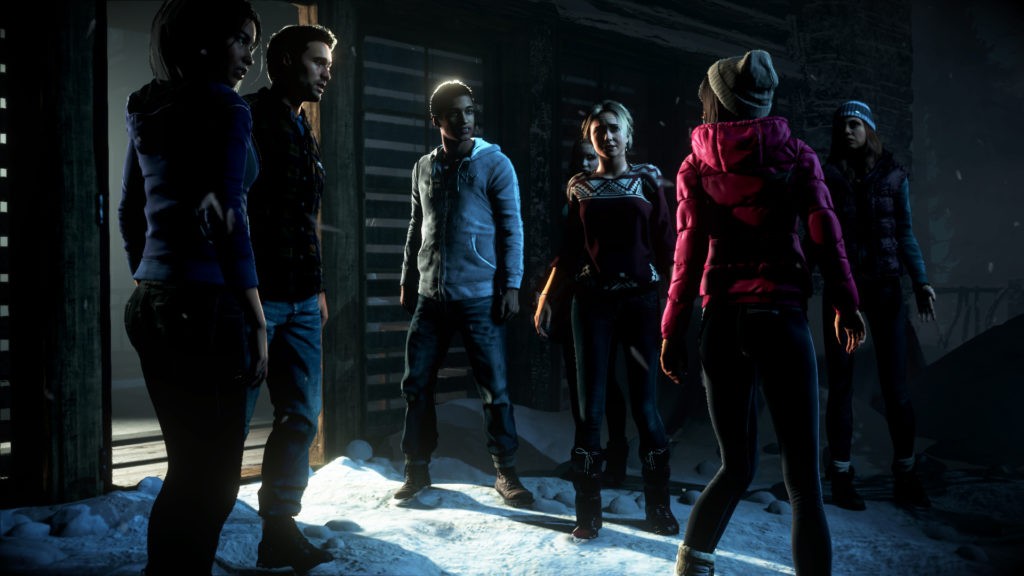
With regards to the implementation, what techniques did you use?
Barney: The style of the project allowed us to fit music to the action and emotion of the scene very closely indeed using traditional film music editing techniques. This process made reuse of edited cues impossible, but gave us the subtlety that we needed, precisely fitting the key beats of the scene.
Of course the structure of the game with it’s multiple paths meant each subsequent choice would also need a bespoke cue (which could be triggered at any time in most cases) so there were numerous variables that had to be considered, each cue leading off into multiple possible subsequent cues. Often we would have a bespoke cue leading off into a stems loop, thus allowing designers to tweak the timings on subsequent events without our needing to adjust the cue.
Did you use a lot of stems, or loops?
Jason: We knew we had to cover a lot of ground and planned on stems from the very beginning. We even went as far as to map out common tempos for cues in order to really maximize stem sharing between the more atonal sequences.
Barney: The cues were delivered in very wide stems, sometimes 19 stems wide, and they would loop individually, grouped, or form the basis of a re-edit allowing us to both ramp up and strip back, for example, to just a single held note from the violins.
How did you decide on writing segments such as themes for example?
Jason: Any thematic material was mostly written as standalone pieces, but we also recorded everything by section. So we had complete control, meaning I could take the horn line playing the killer theme and superimpose it over the strings playing something completely different. We also took care to record multiple versions of each theme, including plenty of usable ins and outs for transitions and chapter intros, especially for the Mountain Theme, which was conceived as the musical identity of the entire game.
In terms of characterisation, what key decisions did you make with things like Foley, dialogue, etc.?
Barney: Creating realistic, believable characters was always at the forefront of the game direction, through great facial capture and body mocap. One of the big challenges with mocap is the infinite variation of movement, so even though we developed some great procedural foley systems, we always needed that additional layer of bespoke foley to make the characters sound believable.
Key to the audio immersion was accentuating the voyeuristic aspect of the third person mix – the cinematic cameras placed the player in the scene with the characters, and the sound needed to do the same. We wanted to maintain the sense of character perspective shifting with the cameras, without suffering harsh jumps of a full surround panning mix, but found a classic fixed film mix on the dialogs and foley just didn’t give us that sense of ‘in the scene’ that we wanted. The solution was to find a sweet spot with the panning and worldising where the character sound never moves too far from the centre speaker – just enough for the realism but not enough to break the immersion.
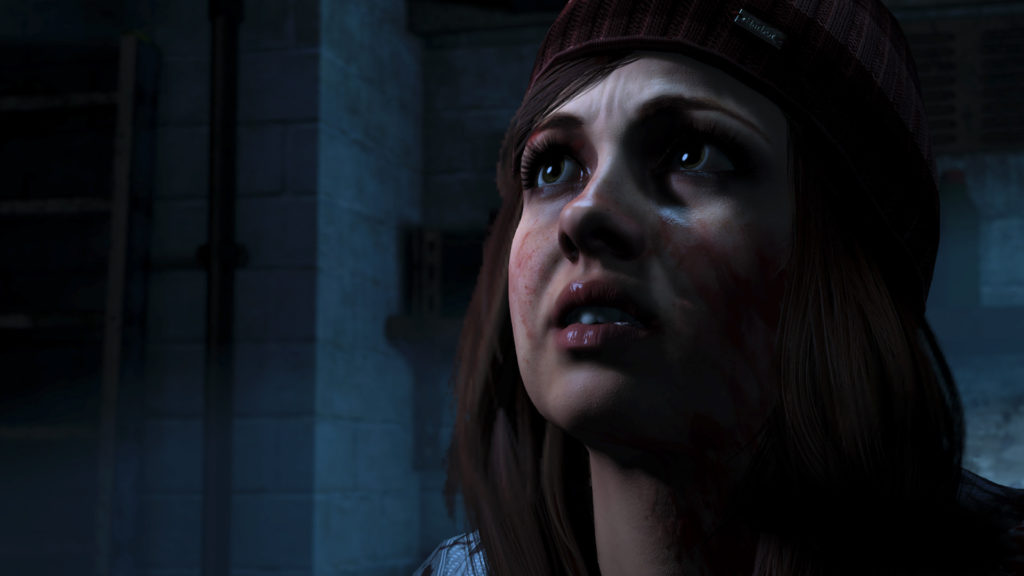
Were there any interesting techniques involved with relating the music and sound design to the player’s interaction with the game?
Barney: One cool technique we developed was to allow the diegetic player position to orchestrate a non-diegetic stems mix change, essentially resulting in the players needing to walk into their fear, because we would be messaging something bad ahead of them. So that this didn’t become predictable, we’d often ramp the music up to suddenly ‘nothing’, thus playing with the expectations of the player.
Obviously it’s a horror game, did you use any “scare tactics” with regards to the audio?
Jason: Musically speaking, the more unfamiliar or unrecognizable a sound is, the “scarier” it is. Our brains constantly try and figure out the origin of the sound and ground it with a familiar constant. If you prey on that instinct – and create very unnatural, non-musical sounds – you can really get under people’s skin and freak them out!
Barney: Well, that’s a whole new article right there. Audio clearly played a big part in the scares, and we did employ numerous techniques to accentuate scares apart from the musical elements Jason describes – mix snapshots, realtime effects, messing with the mic proximity of recorded elements that were subsequently played back at runtime; however the best technique we found was variety, so that we didn’t telegraph scares too clearly.
Without any spoilers, is there anything else you can tell us?
Barney: Without spoiling it? Not really. I just hope that players are as immersed in the game as we were during development, which is true for the whole team.
We’re currently loving Until Dawn and it’s soundtrack so if you want a horror treat go and get Until Dawn! Here’s a preview of the soundtrack to keep you going ;).
We hope you enjoyed the interview, check out more over at our Interviews page and don’t miss a thing by signing up to our Monthly Newsletter!


